PORTLAND, Ore., U.S.: For the first time, researchers have developed an organ-on-a-chip system for dental research. The system is designed to help scientists better understand the functioning of live dental pulp cells in the oral cavity and could be used to further knowledge of tooth formation and pulpal response to various injuries and treatments. Additionally, the novel device could help dentists identify dental filling materials that are more efficient and durable based on the specific patient’s teeth and oral microbiome.
The miniature tooth system consists of a thin slice of a human molar placed between transparent rubber slides that are etched with tiny channels through which fluids flow. The device mimics a real tooth with a cavity and allows fluids and bacteria to move between the cavity opening and the inner tooth. The scientists observed the cells’ interaction with dental materials and bacteria under a microscope.
“Today’s cavity fillings don’t work as well as they should. They last for five, seven years on average, and then they break off,” said senior author Dr. Luiz E. Bertassoni, associate professor of restorative dentistry in the Oregon Health and Science University School of Dentistry. “They don’t work because we haven’t been able to figure out what’s happening at the interface of the tooth and the filling.”
“This device can help address that by giving us a close-up view of what’s happening there in real time. Years from now, dentists could extract a tooth from a patient, load it into this device, observe how a dental filling material interacts with the tooth, and pick a material that’s best for that particular patient,” Bertassoni continued.
“It opens up a new window into the complexity of dental care that could change the way we do dentistry quite significantly,” he concluded.
The study, titled “The tooth on-a-chip: A microphysiologic model system mimicking the biologic interface of the tooth with biomaterials,” was published online on Dec. 19, 2019, in Lab on a Chip.
Tags:
GUANGZHOU, China: Dental pulp regeneration has been a great challenge to researchers in the field of endodontics for decades. It has been widely regocnised ...
From a completely optimistic point of view, the ultimate goal for every dentist performing a restorative and/or endodontic procedure should be to maintain ...
SILVER SPRING, Md., US: The US Food and Drug Administration (FDA) has finalised guidance on animal studies for dental bone grafting material devices, aiming...
At this year’s Greater New York Dental Meeting (GNYDM), the U.S.-based company 3DISC has launched the latest version of the Heron IOS, its solution for ...
SEATTLE, US: Current diagnostic tools measure the presence of caries, rather than assessing the risk of developing caries. Routine monitoring of the acid ...
BALTIMORE, US: Engineering students at Johns Hopkins University in Baltimore have collaborated with a Florida dentist to develop a prototype device that ...
BRUSSELS, Belgium: In April, the European Parliament voted to implement a pair of new regulations concerning medical devices. First proposed in 2012 by the ...
Orthodontic appliances are used to reposition teeth by leveraging the natural process of bone remodelling. When force is applied to teeth, it triggers bone ...
SAN DIMAS, Calif., US: In a fresh overview on a hot topic, researchers with Stevenson Dental Research Institute in California have released a curated guide ...
Material and methods
Cells
Human stem cells from the dental pulp of adults (given by S. Gronthos, NIH, Bethesda, USA) were cultivated in α-modified ...
Live webinar
Wed. 14 January 2026
12:00 pm EST (New York)
Dr. Théo Laplane, Dr. Robert Gottlander DDS
Live webinar
Fri. 16 January 2026
12:00 pm EST (New York)
Live webinar
Mon. 19 January 2026
1:00 pm EST (New York)
Philipp Kopp, Michael Seeber
Live webinar
Thu. 22 January 2026
9:00 am EST (New York)
Prof. Judith Jones D.D.S; M.P.H., Prof. Kakuhiro Fukai D.D.S., Ph.D, Dr. Bathsheba (Bethy) Turton
Live webinar
Thu. 22 January 2026
2:00 pm EST (New York)
Dr. Nicola M. Grande DDS, PhD
Live webinar
Wed. 28 January 2026
8:00 am EST (New York)
Live webinar
Wed. 28 January 2026
11:00 am EST (New York)
Prof. Dr. Jan-Frederik Güth



 Austria / Österreich
Austria / Österreich
 Bosnia and Herzegovina / Босна и Херцеговина
Bosnia and Herzegovina / Босна и Херцеговина
 Bulgaria / България
Bulgaria / България
 Croatia / Hrvatska
Croatia / Hrvatska
 Czech Republic & Slovakia / Česká republika & Slovensko
Czech Republic & Slovakia / Česká republika & Slovensko
 France / France
France / France
 Germany / Deutschland
Germany / Deutschland
 Greece / ΕΛΛΑΔΑ
Greece / ΕΛΛΑΔΑ
 Hungary / Hungary
Hungary / Hungary
 Italy / Italia
Italy / Italia
 Netherlands / Nederland
Netherlands / Nederland
 Nordic / Nordic
Nordic / Nordic
 Poland / Polska
Poland / Polska
 Portugal / Portugal
Portugal / Portugal
 Romania & Moldova / România & Moldova
Romania & Moldova / România & Moldova
 Slovenia / Slovenija
Slovenia / Slovenija
 Serbia & Montenegro / Србија и Црна Гора
Serbia & Montenegro / Србија и Црна Гора
 Spain / España
Spain / España
 Switzerland / Schweiz
Switzerland / Schweiz
 Turkey / Türkiye
Turkey / Türkiye
 UK & Ireland / UK & Ireland
UK & Ireland / UK & Ireland
 Brazil / Brasil
Brazil / Brasil
 Canada / Canada
Canada / Canada
 Latin America / Latinoamérica
Latin America / Latinoamérica
 USA / USA
USA / USA
 China / 中国
China / 中国
 India / भारत गणराज्य
India / भारत गणराज्य
 Pakistan / Pākistān
Pakistan / Pākistān
 Vietnam / Việt Nam
Vietnam / Việt Nam
 ASEAN / ASEAN
ASEAN / ASEAN
 Israel / מְדִינַת יִשְׂרָאֵל
Israel / מְדִינַת יִשְׂרָאֵל
 Algeria, Morocco & Tunisia / الجزائر والمغرب وتونس
Algeria, Morocco & Tunisia / الجزائر والمغرب وتونس
 Middle East / Middle East
Middle East / Middle East
























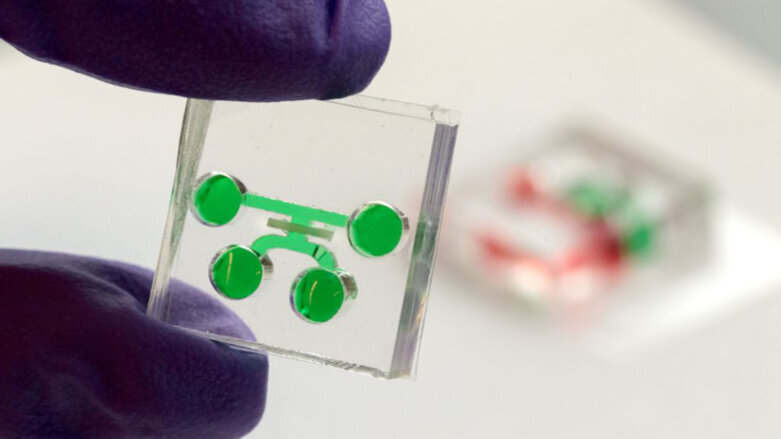

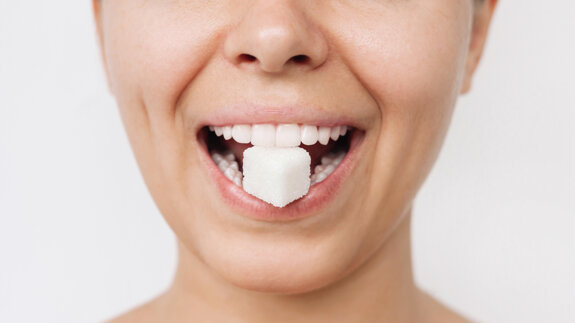

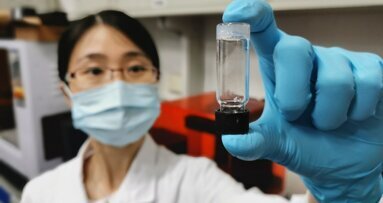
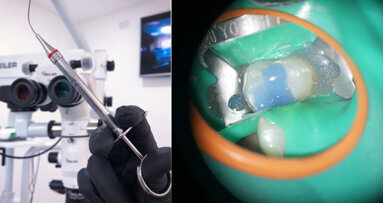
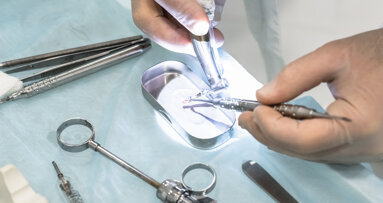
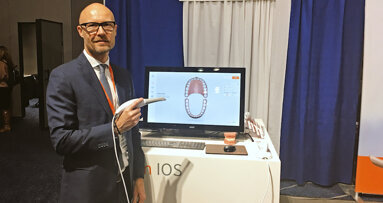
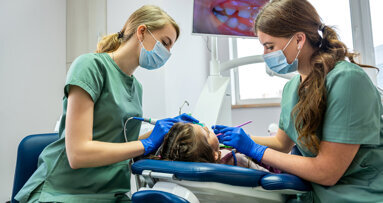
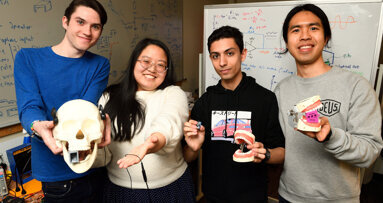


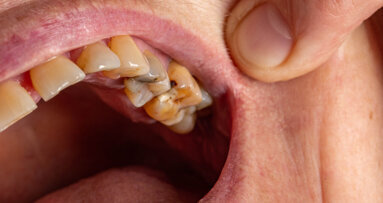
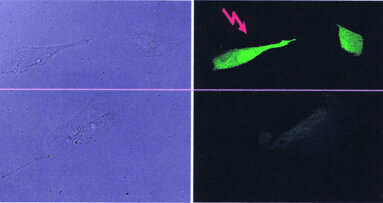










To post a reply please login or register